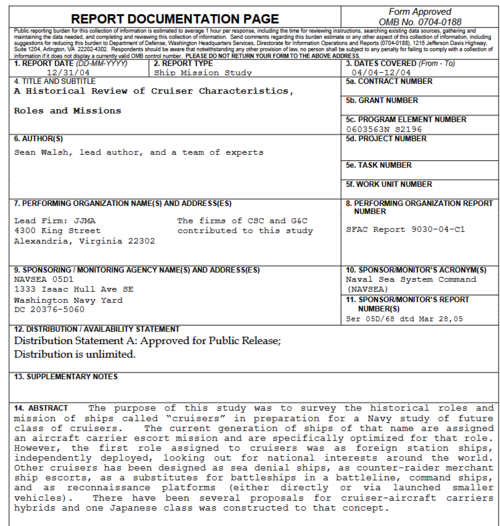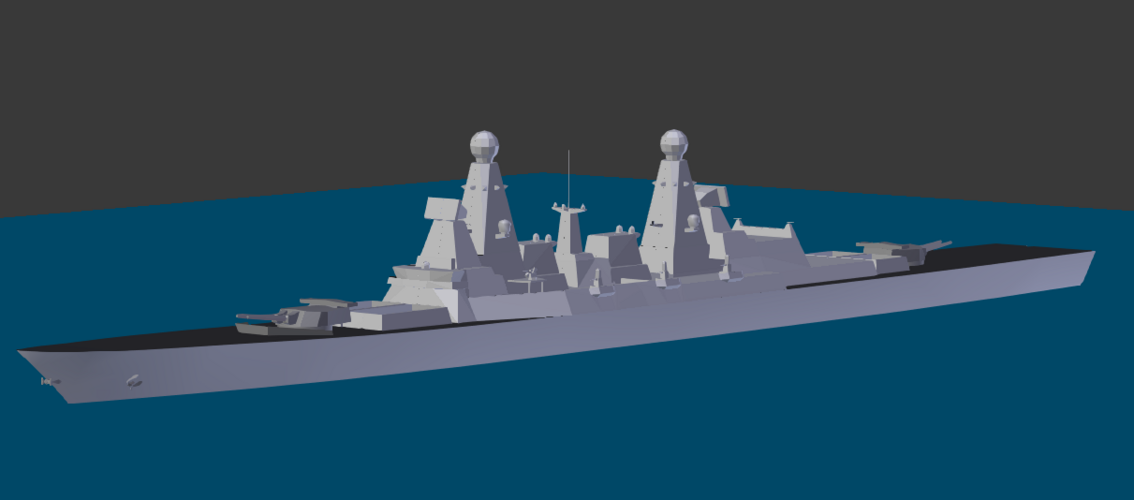Yeah, because a 500kg shaped charge is enough to blow through the turret face or roof of an Iowa and go all the way down to the magazine.
Good thing they're easy to defeat with soft kill measures or anti-aircraft missiles.
Not so much for Exocet, though.
Because ASM-3 is supersonic, and have massive advantages in terms of speed and time of flight. As well as in terms of penetration, since it hit target at more than Mach 3 - with more kinetic energy than 16-inch gun fired point-blank.
You're correct that ASM-3 was designed to defeat armored ships that ASM-2 cannot handle. That was the main driver for its terminal dive.
There was/is an expectation that PLAN surface ships will have some sort of novel belt array that precludes, or reduces, penetration at waterline. Hitting the magazine at a steep dive angle becomes more efficient. You can't armor the top of a VLS box. You might be able to armor a VLS box sufficiently that it serves as a blowout magazine though.
Which would also be part of the armor scheme tbh.
I suspect weight and mass concerns will drive armoring of magazines and CICs directly rather than full span belts, though, but the full span scheme was talked about in a NAVSEA monograph. Staggered machinery and IEP might be sufficient for damage control and allow a ship to fight hurt though the US has little experience here.
You are talking about Yemen rebels, which at this time have very limited resources. Their new toys - like Iranian-delivered anti-ship ballistics - are MUCH more modern, you know.
Everyone has limited resources. Narrowing the available selection of limited quantities of weapons that can defeat a target is always useful.
Basically your armored ship would be useful only against extremely limited enemy with no patrons to provide even modest weapon upgrades.
"Your"? No, this is the USN and the PLAN: the two largest navies on the planet.
The mythical patrons providing advanced weapons simply do not exist in reality.
The absolute majority of modern ASM's are of modular design - simply because it simplify the production and modernization. Swapping the warhead section on Harpoon's isn't even a major rework:
Peacetime assembly lines are not significant enough to support this without detracting from new production. By the time new lines are spooled up in wartime, the navies will likely be gone, and the war will be over.
And? Were there any targets worthy of shaped charge warhead on Harpoon?
Slava? Kirov? Kiev? Harpoon didn't receive a shaped charge until it needed to become a long range AGM-65 to hit Iraqi HASes with the SLAM-ER anyway. If a ship with armor appears, it probably still won't receive this, right up until the missile dents an armor belt.
Why? The shaped-charge warhead is perfectly multi-purpose.
Because they don't exist in most missiles. It's that simple.
Most missiles are designed with blast fragmentation warheads. Termite is the exception. They're designed to blow as large a hole as possible in a functionally unarmored ship, and allow for ingress of water to as many compartments as possible, because no ship can be armored against a thermonuclear warhead. Stopping them at, or before, the waterline is the most important concern.
Retrofitting missiles likely costs as much, or more, than simply designing and producing a new missile. Because not only will you want a new missile, you will need a separate line to produce the old type missiles to replace existing inventory, and a third line to disassemble existing missiles and refit new warheads onto them.
Just-in-time logistics runs the world and that includes anti ship missile inventories.
However we now live in an era where making ships is easier than ever, productivity is insanely high, and it has become economically feasible to consider a return of light cruiser sized vessels. South Korea and Japan already have some, as does the PLAN, and it will likely be the USA and UK's turns with the DDG(X) and Type 83 in the next decade.
I don't think DDG(X) will incorporate an armor belt but there might be one for a CG(X) if it ever got money.




